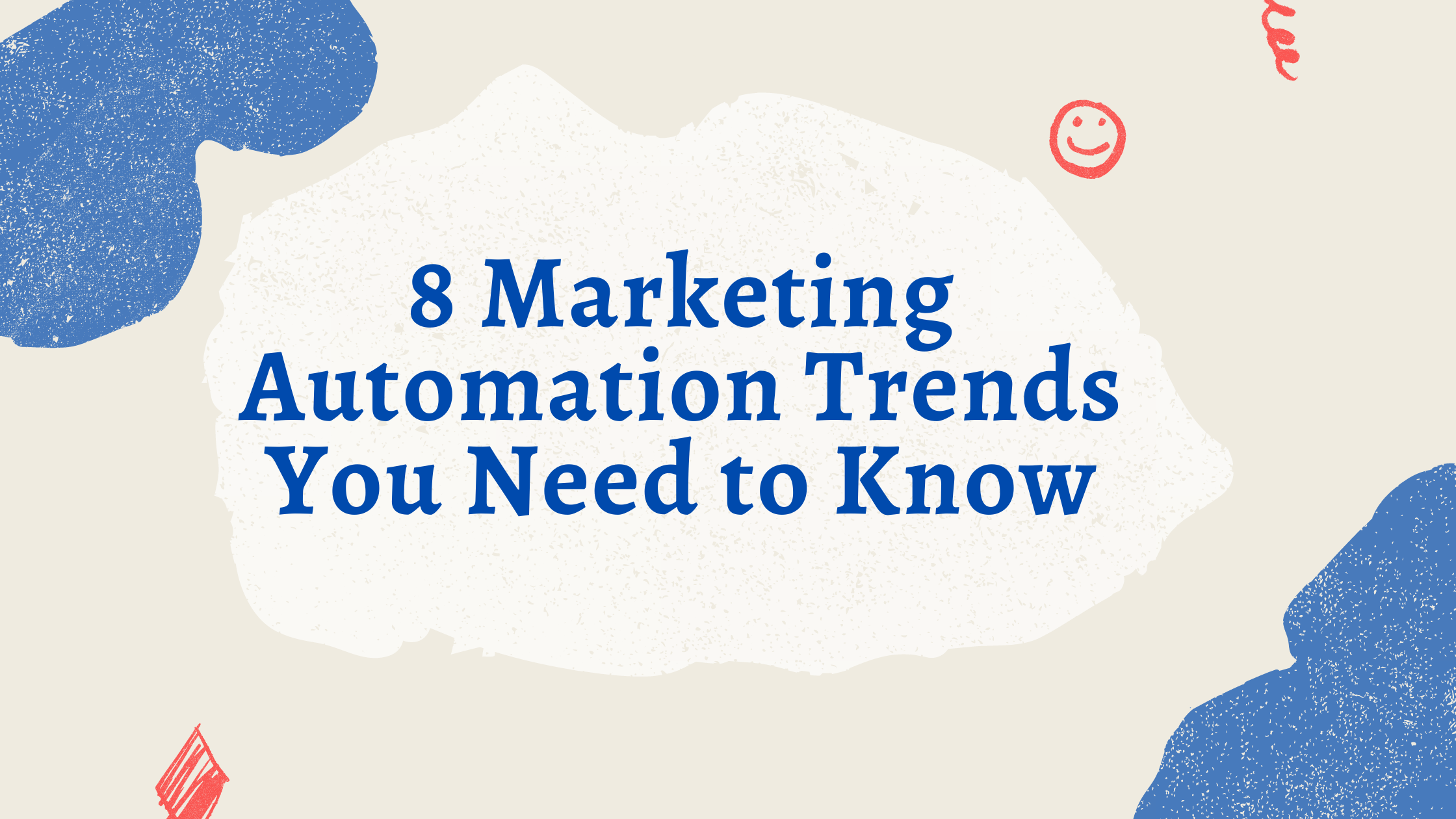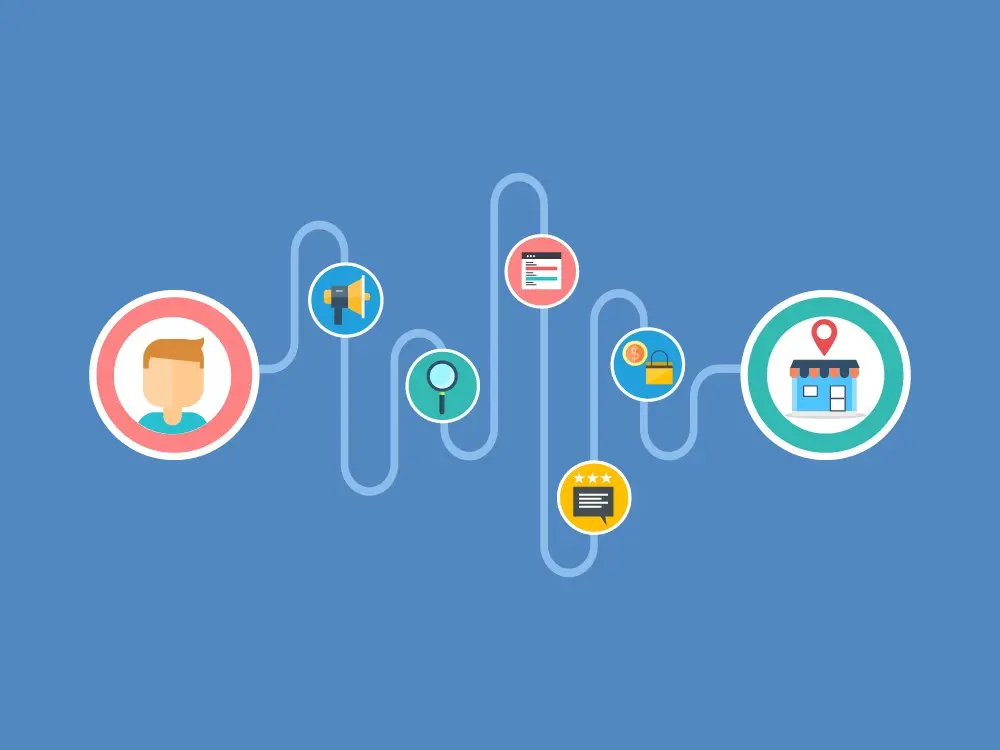RFM for E-commerce: Basics You Need to Know
Whether you’re a marketer or business owner, customers are the bread and butter of your business. But how do you view these customers? Do you rank them based on certain criteria, like say RFM segments?
How do you measure their lifetime value? And more importantly what can you do to build a relationship with these customers?
Soooo many questions! But they all revolve around the same idea: RFM.
RFM for e-commerce is often an overlooked marketing strategy. It relies heavily on customer segmentation and building retention, which translates into longer-term customer relationships.
An RFM analysis shows how customers engage with and react to a brand. Despite being around since the 1930s, marketers have overlooked the RFM model for decades because of the manual work involved.
Fast forward to 2021 where there’s a growing number of customer relationship management (CRM) tools and customer data platforms. Conducting an RFM analysis is no longer the headache it used to be.
But before we dive into RFM for e-commerce, let’s see what RFM stands for and what an RFM analysis and RFM score are.
What is RFM?
RFM refers to the concept of recency, frequency, and monetary value of a customer.
This tactic helps determine a customer’s lifetime value (CLV) and which customer type a business should focus on retaining.
Using RFM is particularly useful for businesses that use segmentation and retention strategies rather than just focusing on customer acquisition.
To conduct an RFM analysis, a store would collect large amounts of customer data and then segment customers into groups. These groups are often called RFM segments and the process is called RFM segmentation.
In an RFM model, the data is mainly transactional. It includes information such as when the customer last visited the store, how much they paid, and so on.
Further reading: 47 E-commerce Vocabulary, Metrics and Biz Terms You Need to Know
Breaking down RFM
Now let’s break the RFM concept down into its three main components. This division is also known as the RFM analysis.
Recency
This criterion indicates when the customer last made a purchase.
The idea behind recency is that it considers customers who recently made a purchase and therefore still have the product in mind. This means they are likely to buy or use the product again.
Many businesses measure recency in days. But this is not always the case. Recency is a time-bound metric that may differ from one business and one industry to another.
Some businesses may calculate recency in hours, weeks, or even years.
Frequency
The second criterion in the RFM analysis is frequency. It measures how often a customer would buy a product within a given period of time.
Customers who buy the same product or service often are more likely to continue doing so.
These are considered retained and loyal customers.
As for one-time buyers, these too should be grouped and taken into consideration. The purpose of doing that is to follow up with them and attempt to transform them into regular or ‘frequent’ buyers.
Monetary
The last factor is the monetary value. How much does a customer spend in a given period of time?
High-spending customers are seen as an opportunity for more revenues in the future.
They are considered as having a high value for a business.

Using RFM for your e-commerce store, you can look at customers across one or more criteria and measure their lifetime value for your business.
Example of an RFM analysis
Let’s look at the above three criteria across a couple of businesses along with how some RFM metrics can help some types of businesses and not others.
For example, if we want to apply RFM segments to a car dealer, we’ll notice that not all three RFM metrics are applicable.
A car dealer cannot measure their customers’ recency since buying a car means they aren’t likely to come again for at least a few years.
In this case, a car dealer would measure frequency across multiple years and monetary value but would skip the recency factor.
On the other hand, an online toy store can look at their customers’ purchase habits based on all three RFM criteria.
Further reading: What You Need to Know About the Difference Between ROI and ROAS
At this point, the toy store can examine when a customer last bought from them, how often they come to them, and which customers offer the highest monetary value.
To do this, they’d need to calculate the RFM score.
What is an RFM score?
As a marketer or business owner using the RFM marketing model, you want to give scores to customers based on their purchase recency, frequency, and monetary value.
To do that, you need to understand how the RFM scoring process works.
The RFM scoring system gives scores to customers from 1 to 5, with 1 being the lowest score and 5 being the highest.
You’ll have to examine your customers using the three metrics separately then combine the scores in the end.
For example, attempt to measure customer purchases based on recency within a specific period of time, (let’s say 1 month) by ranking when purchases were last made.
Let’s say customers who purchased between 25 and 30 are given a score of 5, while those who completed a purchase at the start of the month are given a score of 1.
Use the same method with the other two RFM criteria: frequency and monetary value.
When you’re done, you’ll see which customers rank highest in each of the RFM criteria and which rank lowest.
You’ll also see which customers rank higher in two out of the three RFM factors and translate these rankings into customer behavior.
Put simply, you’ll be giving customers scores or 3-digit codes based on the three RFM metrics.

A customer who gets a 1 in recency but a 5 in frequency means they may be loyal but their buying habit involves making purchases at the start of the month only.
On the other hand, a customer with an RFM score of 555 means they’ve purchased recently, are frequent buyers, and have a high CLV. They’re highly desirable for any business.
The opposite is also true. A customer with an RFM score of 111 hasn’t purchased recently, isn’t a regular, and has a low monetary value to your business.
This means, you shouldn’t include this type of customer in your marketing campaigns.
Understanding RFM marketing and your RFM segments
In the 1930s and 1940s, the RFM process was done manually! Fast forward a few decades until Microsoft Excel was created and this process though still tiresome now took less time.
Fast forward a couple more decades and you have customer platforms and CRMs that can perform these RFM calculations and predict customer behaviors using automation.
Based on your industry and business type, you can use an RFM analysis and model to focus on customers with high RFM criteria. They should at least have a high score in two of the three criteria.
Customers that have high recency and frequency scores are regular buyers who are likely to keep coming back.
They are loyal customers that you want to retain.
To begin scoring customers based on RFM criteria, you’ll need to export your customers’ transaction data via a CRM, customer data platform, or any tool that uses customer emails or IDs.
However, it’s important to remember that customer behavior changes. And having a static spreadsheet can cause some shortcomings. This means, you’ll need a customer database that can evolve with your customers and their purchase behavior.
“Customer databases are living, breathing entities that evolve as customers transact with an e-commerce business.”
(Omniconvert)
Overall customer view with RFM
An RFM analysis can offer a three-dimensional view or 360-degree view of a customer.
It gives you a broad multi-perspective view and helps you see which customer type translates into a higher CLV for your business.
Learn more about your customer and their buying habits by using one or more of the three RFM dimensions. Then, segment your customers into smaller groups based on the recency, frequency, or monetary value and decide which you want to retain and target with tailored ads.
With RFM scores, you can look at customers objectively while also identifying which are more beneficial for your business.
An “RFM analysis is based on the marketing adage that “80% of your business comes from 20% of your customers.”
(Search Data Management)
RFM and customer experience
In today’s world, many online businesses focus on customer acquisition more than retention. And though acquisition is essential for businesses, especially those just getting started, it’s not the only aspect.
Data shows that it costs less to retain a current customer than it is to acquire a new one.
Stores that focus on customer acquisition metrics and reducing their average customer acquisition cost without considering customer loyalty and retention end up spending massive budgets.

They also sever relationships that could have translated into better value and opportunities for them.
These businesses are known to be transaction-focused rather customer-centric. And when customers feel that a business doesn’t care about them, more often, they leave.
That’s where customer experience comes in. To bridge the gap between brands and customers. To create a relationship and help customers connect with brands on a deeper level and create loyalty.
RFM for e-commerce and customer loyalty
Businesses who look at RFM while considering customer loyalty are winners.
You see, online stores can use RFM for e-commerce to growth their businesses.
How? By using the RFM analysis to forecast customer behavior and by delivering personalized and highly-targeted marketing campaigns to current customers.
And since RFM helps e-commerce stores with customer segmentation and customer loyalty, this, in turn, will translate to higher conversion rates and revenues.
As an e-commerce marketer, your focus shouldn’t be merely on how to increase e-commerce KPIs such as average order value, conversion rate, revenues, and so on. Instead, you should look at these KPIs as results of how you communicate and deal with your customers.
Doing so will help you build long-term relationships with customers and transform them into loyal buyers who go to your store for their needs.
But customers don’t just become loyal overnight. They need to enjoy a customer experience with a brand, which makes them trust this brand and become loyal to it.
Customer experience is what helps customers decide if they’ll come to you for their purchases or go elsewhere.
By analyzing your customers’ purchasing recency, frequency, and monetary value, you can improve your messaging and determine which customer type you should focus on and target more frequently with your ads.
Wrapping it up
RFM is obviously an opportunity for e-commerce stores. But it also works with other types of businesses that are more long-term or focused on larger products.
After all, buying from a store is a win-win for customers and businesses. A customer wants a product and gets it from a store. At the same time, the store makes a profit from selling that product.
If the customer becomes loyal, they offer more benefit to the business, and have a higher monetary value.
Using an RFM analysis and marketing model, businesses have a unique opportunity before them. They can not only gather information but also have a chance to understand their customers and build long-term business relationships with them.
E-commerce businesses can unify their customer data through a customer data platform or better yet a customer ads platform.
A customer ads platform not only unifies and segments the data but also acts as marketing automation tool that can create highly-targeted automated ads for online stores.
Got questions about RFM? Ask us in the comments.


